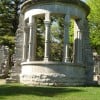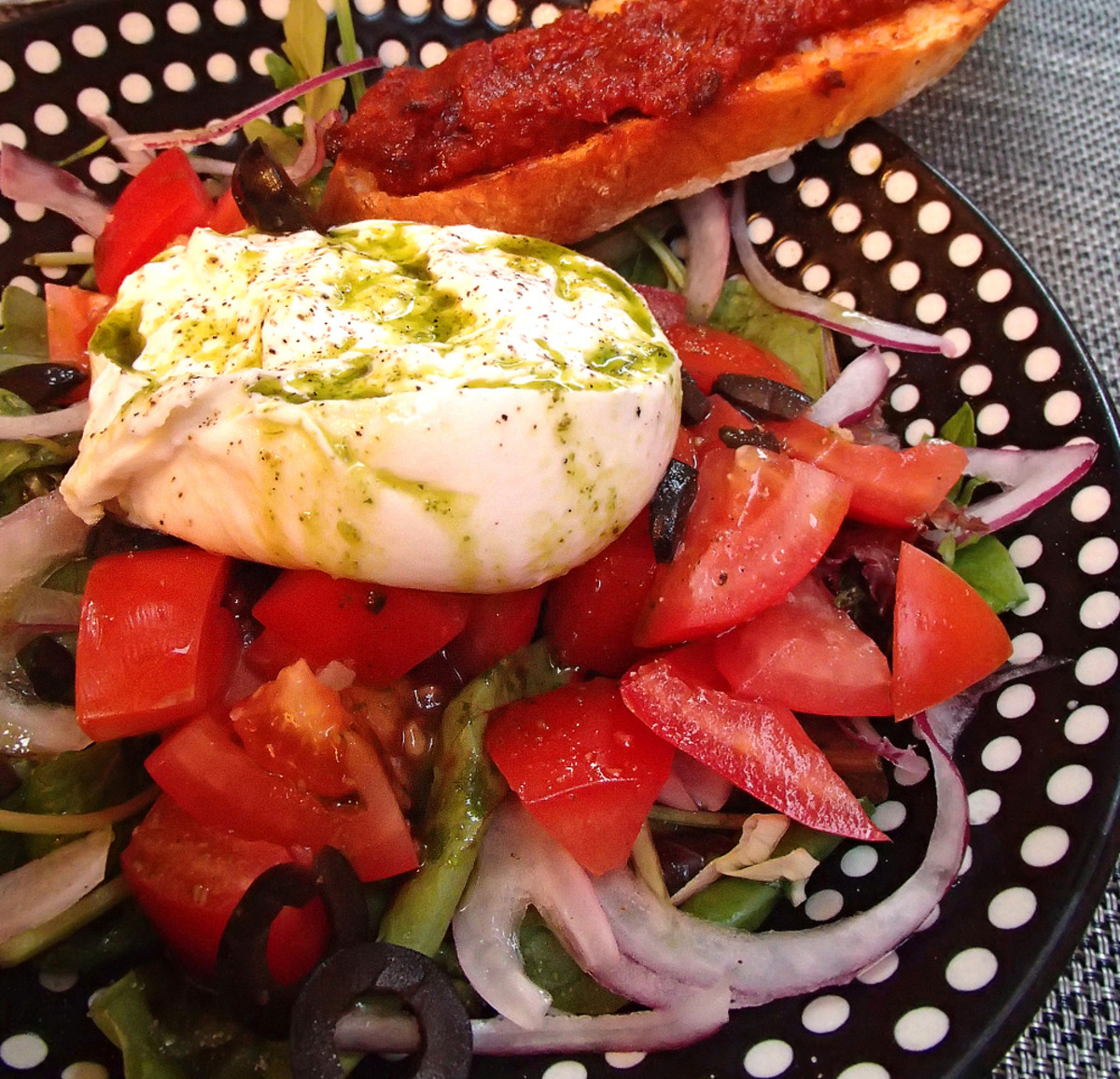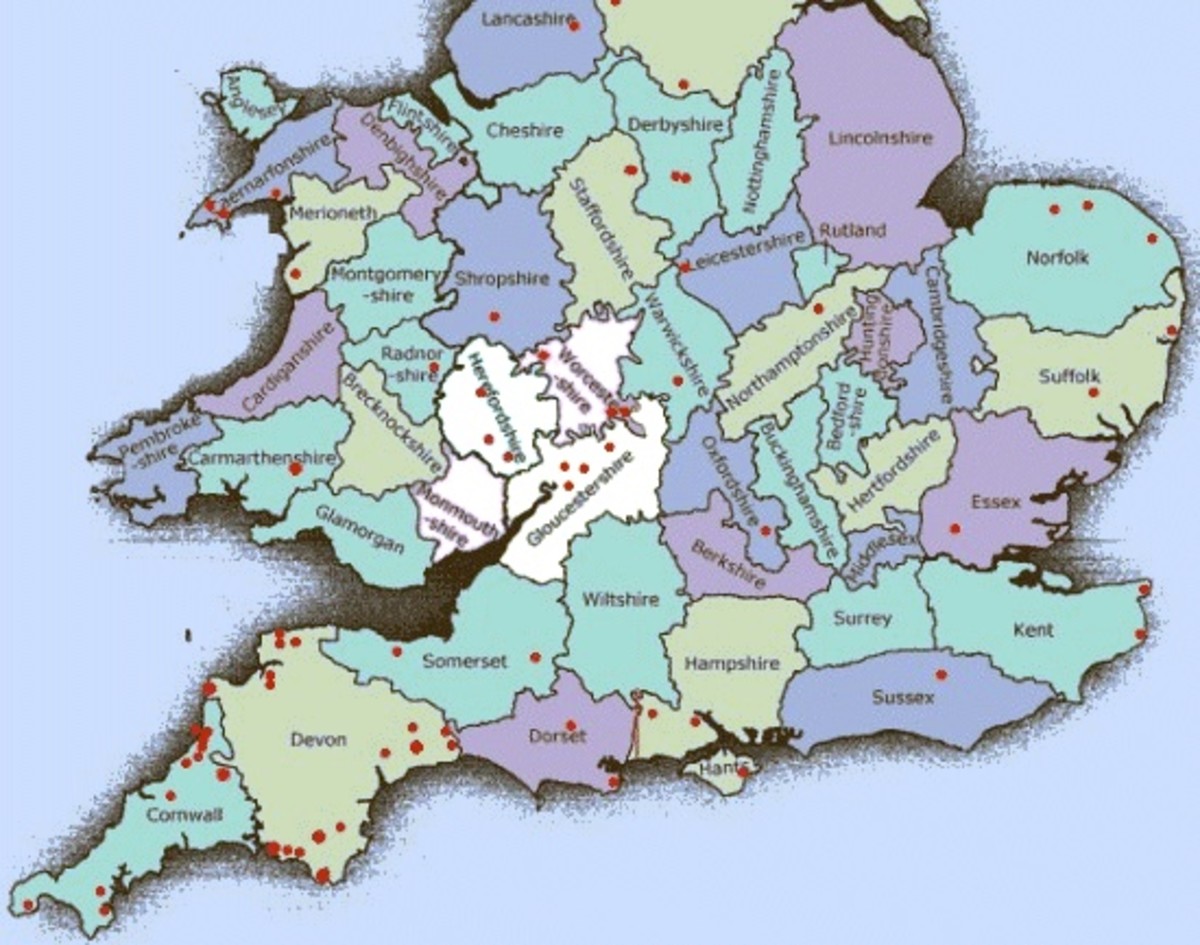Visiting Luxembourg City's 'Place de Metz' and its State Savings Bank building: imposing setting and historical memories
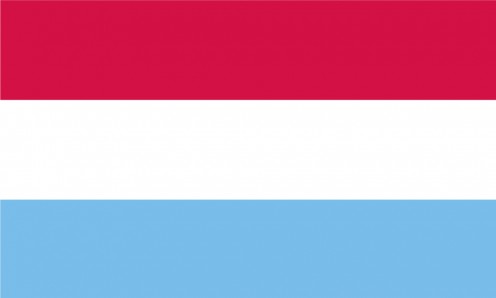
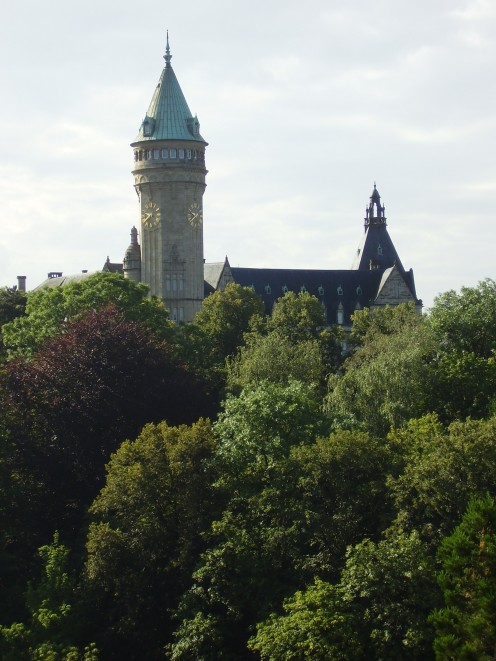
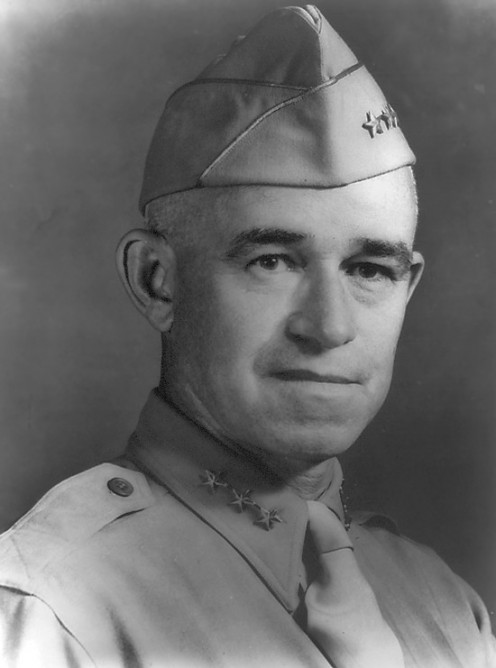
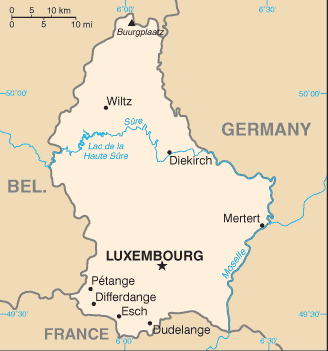
Amazing century of memories of an early European institution and of General Omar N. Bradley
This imposing building at 1, Place de Metz , in Luxembourg City, has what might on the surface seem like a prosaic function: it is a bank (the State Savings Bank; French: Banque et Caisse d'Epargne de l'Etat ; German: Staatsbank und Staatspaarkasse ). Luxembourg City is known for its many banks and this particular institution occupies what is probably the most striking piece of real estate, with its conspicuous, round tower visible from across the neighbouring Pétrusse valley. Since 1995, the building has also housed the Bank Museum (French: Musée de la Banque ; German: Bank-Museum ), usually open weekdays.
The towered building was begun at 1, place de Metz , in 1909 for the State Savings Bank. The local architect and engineer Jean-Pierre Koenig (1870-1919) worked the building in neo-Renaissance style (1).
This building was, from 1952, the headquarters of what was known as the High Authority of the European Coal and Steel Community (ECSC). A precursor of one of the functions of the European Commission, with which it merged in 1967, the names of the ECSC's Presidents are a Who's Who of leading European politicians. These include: Jean Monnet (1888-1979), French political economist and diplomat and René Mayer (1895-1972) a former French Prime Minister; Piero Malavisti (1899-1964), a former Italian Industry Minister and later European Commissioner. It was thus substantially from this building that the economy of the European Economic Community (later the European Union) was directed.
Another historical figure is also associated with the place de Metz , address, at No. 2. In 1944-1945, it served as the headquarters of United States Army General Omar N. Bradley. Indeed, it was at this building that General Bradley was based while the crucial Battle of the Bulge raged in the northern part of Luxembourg and neighbouring Belgium.
A plaque, in English and French, is attached at the Place de Metz and Avenue de la Liberté corner of the building. The English reads:
TO THE MEMORY OF GENERAL OMAR N. BRADLEY
COMMANDER IN CHIEF OF THE 12TH U.S. ARMY GROUP, WHOSE HEADQUARTERS WERE LOCATED IN THIS BUILDING DURING THE LIBERATION OF THE GRAND-DUCHY OF LUXEMBOURG (1944/45).
It has been an amazing century.
Note
(1) Architect Koenig is also known as the designer of the former German Jesuit College in Luxembourg City, where members of the order fled following their expulsion from Germany.
Also worth seeing
In Luxembourg City itself, among the numerous visitor attractions are: the nearby Pont Adolphe, the nearby, former ARBED building, the Cathedral, the Grand Ducal Palace.
...
How to get there: The nearest large international airport is Luxembourg (Aéroport de Luxembourg ), at Findel, from where car rental is available. For North Americans travelling via London, England, airlines flying to Luxembourg include Luxair (from London Heathrow Airport and London City Airport) and CityJet (from London City Airport). Please check with the airline or your travel agent for up to date information. You are advised to refer to appropriate consular sources for any special border crossing arrangements which may apply to citizens of certain nationalities.
MJFenn is an independent travel writer based in Ontario, Canada.
Other of my hubpages may also be of interest
- Visiting the Pont Adolphe in Luxembourg City: bridging the essence of the Grand Duchy of Luxembourg'
- Visiting Luxembourg City's former ARBED building: grand enough for a Grand Duke
- Visiting Luxembourg and its Grand Ducal Palace: previously the seat of the government
- Visiting Luxembourg City and its 'Place Guillaume II': an equestrian statue of Grand Duke William II
- Visiting the Chapel of Saint-Quirin, Luxembourg City: ancient church building cleft in the rock
